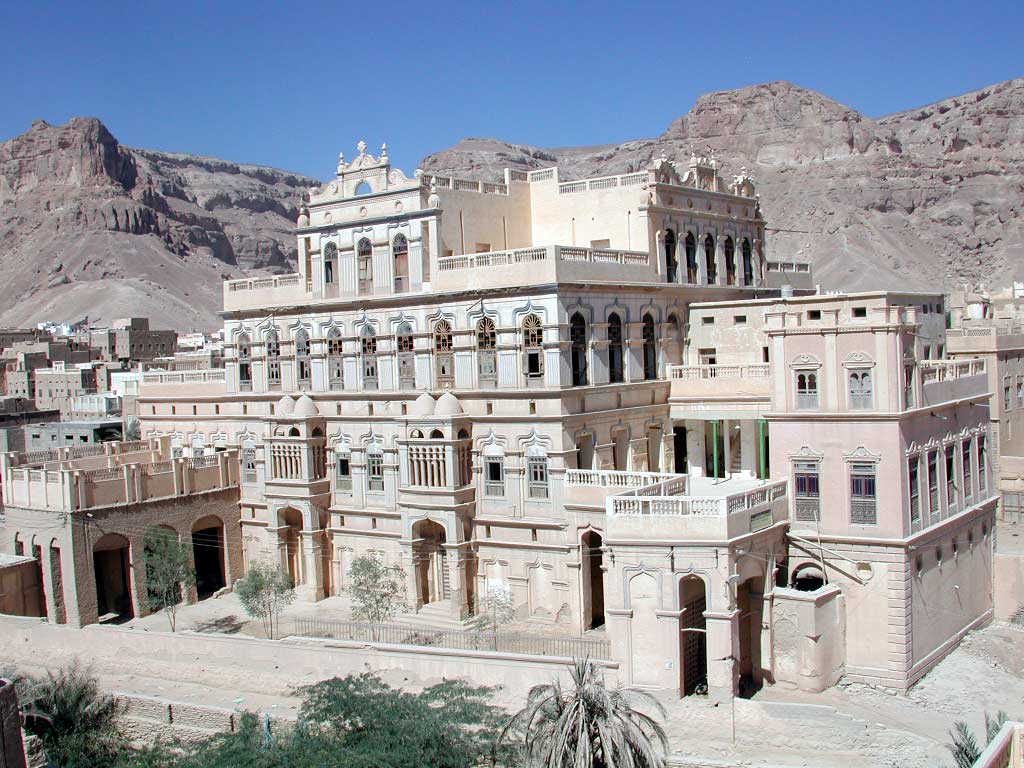If possible, surau can be functioned as the place to revitalize the Minang traditions. 11 HasbulIah, Sejarah Pendidikan Islam di Indonesia: Lintasan Sejarah,. Hal ini membuktikan pula akan kehadiran tokoh itu dalam sejarah Minangkabau. Pada awalnya agama Islam di Minangkabau tidak dijalankan secara. Kerajaan Minangkabau di Sumatera Tengah telah lama dianggap sebagai suatu paradox.
Malaysian girls in traditional Minangkabau attire at the Istano Silinduang Bulan,,,. Languages,,,, Religion Related ethnic groups, The Overseas Minangkabau is a demographic group of of origin in, who have settled in other parts of the world.

Over half of the Minangkabau people can be considered overseas Minangkabaus. They make up the majority of the population of (in ) and (in Indonesia). They also form a significant minority in the populations of,,,, and in Indonesia as well as,,, and in the rest of the. Minangkabaus have also emigrated as skilled professionals and merchants to the,,. The culture and economic conditions in West Sumatra have made the Minangkabau people one of the most mobile ethnic group in.
The young people usually have to go outside the region after their teens to become traders or students. For most of the Minangkabau people, wandering is an ideal way to reach maturity and success. By moving, wealth and scientific knowledge are gained and the prestige and honor individuals in the midst of indigenous environment. The immigrants usually send part of the wealth home to be invested in family businesses, such as by expanding the ownership of paddy fields, control of land management, or pick up the rice fields of the spout. Money from the diaspora is also used to improve village facilities, such as, roads, or the rice fields. A Malaysian Minangkabau architecture as seen in a postcard. They exercised great influence in the politics of many kingdom and states in Maritime Southeast Asia.

Migrated to south Philippines and founded the in 1390. Between the period 1558–1575, was ruler of the in what is now,. In 1603, the Overseas Minangkabaus ulamas or religious figure taught Islam in,, and island. Dato Ri Bandang, Dato Ri Tiro and Dato Ri Pattimang both of whom were prominent ulamas spread the word of Islam to the Gowa and kingdom in. Beside as preacher, the Minangkabau were the major trader in before the Makassar War.  The Overseas Minangkabau were also involved in political rivalry with the after the death of in. In 1723, Sultan Abdul Jalil Rahmad Syah I or known as Raja Kecik, founded in.
The Overseas Minangkabau were also involved in political rivalry with the after the death of in. In 1723, Sultan Abdul Jalil Rahmad Syah I or known as Raja Kecik, founded in.
Raja Ismail, a grandson of Raja Kecik, who ruled Siak in 1761 and 1779-1781 has influence in the east coast of Sumatera, Malay peninsula, southern Thai as well as. In 1773, was appointed the in the state of. The mid-twentieth century, many overseas Minangkabau like,,,, and were involved in the Malaysian independence movement. After Malaysia and Singapore independence, many politician and minister were Overseas Minangkabau, such as,, and Muhammad Eunos Abdullah. While was the first president of Singapore and was the first Supreme Head of State () of the Federation of Malaya. Ahmad Khatib was the teacher to many Malay scholars in Mecca and gave influence of Islamic reformism in Malay world.
Two of his students, Ahmad Dahlan established and Hasyim Ashari founded. Muhammadiyah had been founded in 1912 in, but its rapid spread throughout Indonesia was due in large part to the efforts of Minangkabau traders and teachers. Tahir Jalaluddin and were the influential scholars in Indonesia, Malaysia, and Singapore. Tahir established his own reformist magazine al-Imam and Hamka published Panji Masyarakat., one of the Indonesian founding fathers, who had success a unified Indonesian identity with the. Beside Yamin, the other Minangkabau authors, such as,,, Hamka and, who migrated to Java since youth, were considered to be a pioneer of modern Indonesian literature. Their works has influence in, in addition to had a strong influence on.